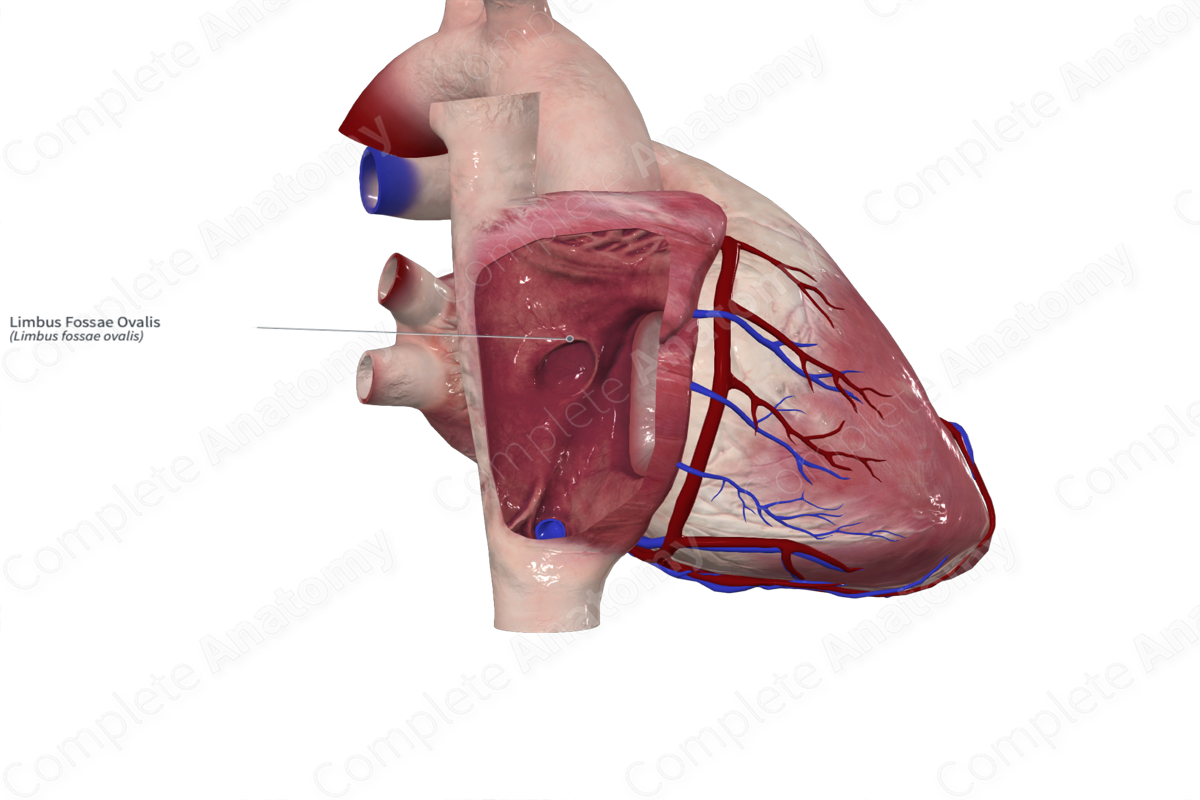
Description
The fossa ovalis is a shallow depression on the interatrial septum. It's surrounded by a prominent rim called the limbus fossae ovalis, which is formed by infoldings of the atrial walls and contains extracardiac adipose tissue.
The fossa ovale and its limbus sits superiorly and to the left of the opening of the inferior vena cava. In fetal development this represents the foramen ovale which shunts blood away from the pulmonary circulation to bypass the immature fetal lungs.
The foramen closes postnatally once the lungs become functional. The fossa ovalis may remain patent in 15–25% of adults (Moore et al., 2013). A patent foramen ovale is most distinct in the upper margin of the fossa.
Related parts of the anatomy
References
Moore, K. L., Dalley, A. F. and Agur, A. M. R. (2013) Clinically Oriented Anatomy. Clinically Oriented Anatomy 7th edn.: Wolters Kluwer Health/Lippincott Williams & Wilkins.
Learn more about this topic from other Elsevier products
Corneal Limbus

A limbus vertebra is an oblique radiolucent cleft at a superior (or occasionally inferior) corner of a vertebral body anteriorly.



